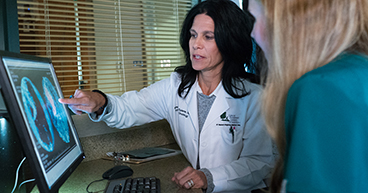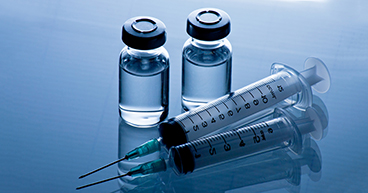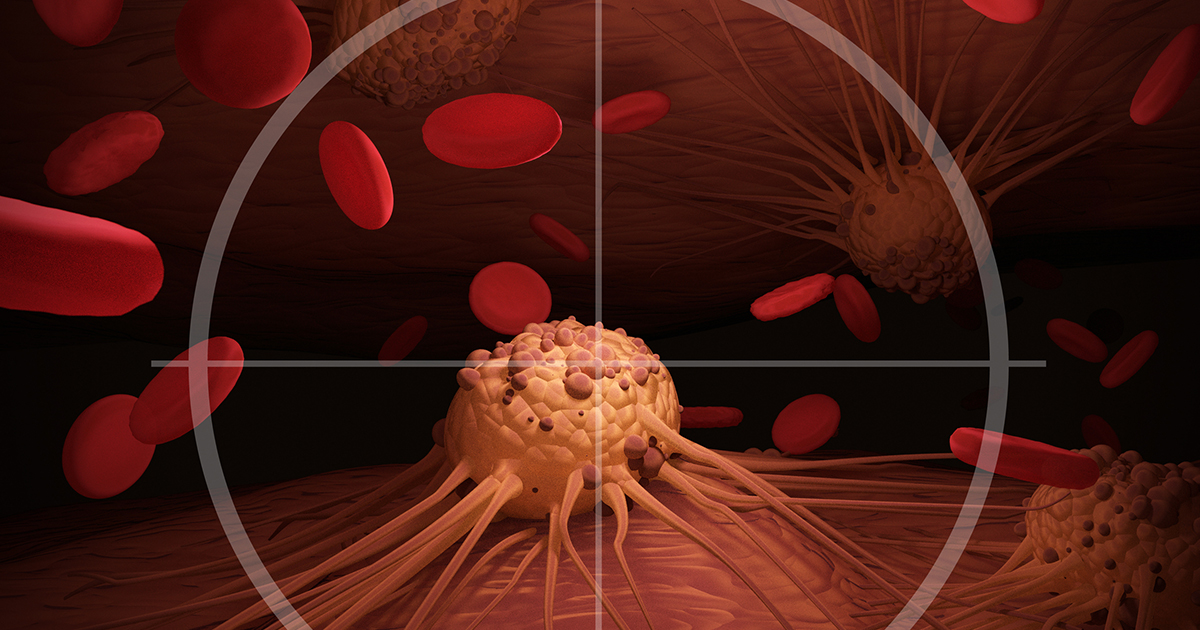
Doctors have long used the power of light to detect, diagnose and treat cancer and other diseases.
Photodynamic therapy, for instance, uses light to find tumors in the lung or esophagus that have absorbed a photo-sensitive drug. Endoscopies and colonoscopies use light to illuminate areas of the digestive system. And optical coherence tomography uses infrared light to create virtual 3D models of the eyes or esophagus.
To better detect and treat bladder cancer, urologic oncologists may turn to a light-based cystoscopy procedure that helps them see inside the bladder. Doctors may also use an emerging version of this procedure called blue light cystoscopy (BLC) that set tumors or cancerous lesions inside the bladder aglow, allowing to better identify and treat them.
“This is a gamechanger in the diagnosis of bladder cancer,” says Farshid Sadeghi, MD, a urologic oncologist and Medical Director of the Genitourinary Cancer Center at City of Hope® Cancer Center Phoenix.
Blue light cystoscopy is designed to help doctors:
- More definitively detect early bladder cancer so it can be treated before it becomes invasive
- Determine whether treatments are being effective
“With the introduction of blue light cystoscopy, we’re significantly enhancing our ability to detect bladder cancer at its earliest and most treatable stages,” Dr. Sadeghi says.
This article explores:
- What is blue light cystoscopy?
- How is BLC performed?
- How BLC may aid in early bladder cancer detection
If you’ve been diagnosed with bladder cancer and would like to get a second opinion on your diagnosis or treatment options, call us or chat online with a member of our team.
What is blue light cystoscopy?
A cystoscopy is to the urethra what a colonoscopy is to the colon. In a colonoscopy, a tube with a white light is inserted into the colon to help doctors find abnormal cells or polyps that may develop into cancer.
With a cystoscopy, a thin tube is inserted into the urethra, the channel through which urine flows. The tube travels up the urethra into the bladder, where doctors look for tumors or abnormal patches on the bladder lining.
A blue light cystoscopy, in combination with light-sensitive drug hexaminolevulinate HCL (Cysview®), better illuminates cancer cells that may lay flat along the bladder wall and escape detection.
“This technology gives us the ability to detect and treat bladder cancer more effectively,” said Paul Gellhaus, MD, a urologic oncologist and Director of Robotic Surgery at City of Hope Phoenix, who is highly experienced blue light cystoscopy and was part of the clinical trial of the procedure that led to its approval by the U.S. Food and Drug Administration.
“By improving our visualization of abnormal tissue, we’re not only diagnosing cancer earlier but also ensuring more precise and complete biopsies and resections,” Dr. Gellhaus adds.
How is BLC performed?
When a person is experiencing symptoms of bladder cancer, such as blood in the urine, doctors may use a variety of lab tests, including urine tests, to determine if cancer cells are present.
If circumstances dictate, they may recommend a cystoscopy to look inside the bladder for a tumor, or cancerous or precancerous cells.
A cystoscopy may be performed as an outpatient procedure in which doctors use drugs to desensitize the urethra before inserting the thin, flexible cystoscope. In some cases, the procedure may be performed in an operating room using a more rigid scope with the patient under anesthesia.
With a blue light cystoscopy, the photo-sensitive drug hexaminolevulinate is inserted into the bladder about an hour before the procedure. This allows time for the drug to be fully absorbed by the bladder lining.
The cystoscope is then inserted into the bladder and the doctor conducts the initial examination under white light.
“Then we flick on the blue light and any bladder tumors that took up this agent glow in a fluorescent bright pink and the normal tissue won't,” Dr. Gellhaus says. “So, it makes it very obvious where the bladder cancer is.”
How BLC may aid in early bladder cancer detection
When a cancer hasn’t spread and is detected in the part of the body where it originated, it’s called cancer in situ. When bladder cancer is found in situ it is often treated with outstanding outcomes.
According to the National Cancer Institute, the five-year survival rate of a patient with bladder cancer are as follows.
Carcinoma in situ: 98 percent.
Localized, or confined to the bladder lining: 72 percent.
Regionalized, when it has spread to nearby tissue or lymph nodes: 40 percent.
Distant, when it has spread to organs or tissue throughout the body: 9 percent.
Dr. Sadeghi points out that while the survival rates of carcinoma in situ and localize bladder cancer are very high, these cancers may be very aggressive and spread quickly if not treated promptly. He describes these as “non-muscle invasive bladder cancers,” for which there are multiple treatment options with high levels of success.
When the disease progresses to a “muscle-invasive bladder cancer” treatment options may be more invasive, such as removal of the bladder, and producing positive outcomes may be more challenging.
“Early detection is essential to improving survival rates and quality of life for bladder cancer patients,” said Dr. Sadeghi. “Blue light cystoscopy allows us to make abnormal cells in the bladder more visible, leading to earlier interventions and better patient outcomes.”
Patients with early bladder cancer are usually treated with:
- Transurethral resection, during which cancer cells are scraped from the lining of the bladder
- The BCG vaccine, which is intended to stimulate immune cells to seek out and attack the cancer cells inside the bladder
- Intravesical chemotherapy, where chemotherapy drugs are inserted into the bladder and held for about an hour before the patient can urinate
BLC may also be used with patients undergoing treatment to make sure those treatments are effective.
“By improving our visualization of abnormal tissue,” Dr. Gellhaus says, “we’re not only diagnosing cancer earlier but also ensuring more precise and complete biopsies and resections.”
If you’ve been diagnosed with cancer and would like to get a second opinion on your diagnosis or treatment options, call us or chat online with a member of our team.



